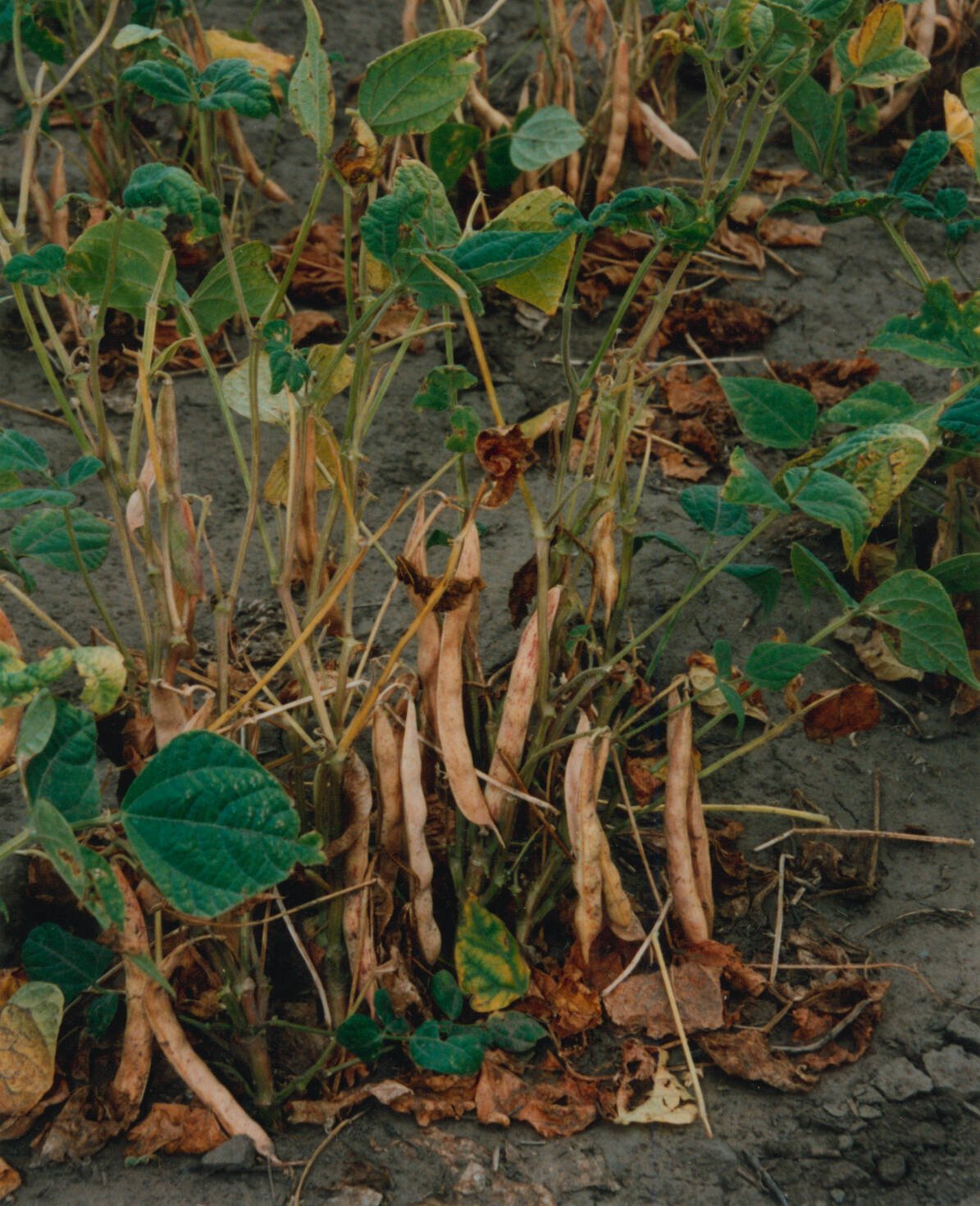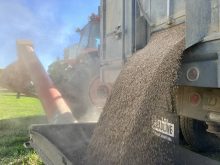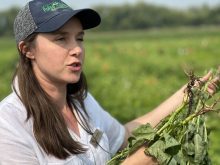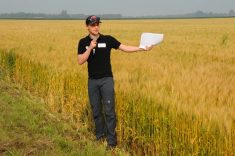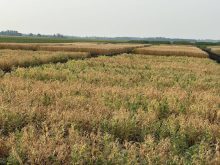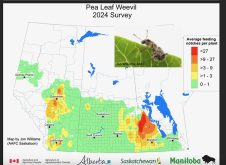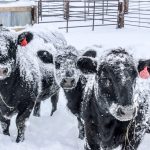Manitoba dry bean producers have planted their largest acreage in more than two decades, with this year’s plantings reaching levels not seen since the early 2000s.
Dry bean acreage across all types reached around 207,000 acres (83,770 hectares) in 2025, representing a significant increase from last year’s 182,000 acres (73,653 ha).
“That’s actually impressive. We haven’t seen those numbers for a long, long time, actually, probably since … that 2003, 2002 range,” said Dennis Lange, pulse specialist with Manitoba Agriculture, during a late July webinar.
Read Also

Cereal cover crops show mixed flea beetle protection for canola
University of Manitoba researchers are testing if planting fall rye and oat nurse crops help growers reduce damage without hurting yield.
WHY IT MATTERS: Pinto beans also saw an upswing in planted acres last year.
The increase has been driven primarily by pinto bean production, which has set what appears to be an all-time record with 123,000 acres (49,776 ha) planted, Lange told attendees.
That would be the second year in a row that the crop has set a record. Last year, Manitoba Agricultural Services Corporation noted more than 111,000 acres (44,920 has). The year before, the crop insurance provider noted 81,814 acres (33,109 ha).
Current acreage levels are more than double what would have been normal a decade ago.
Other dry bean varieties also showed strong planting numbers. Black beans remained relatively stable at about 48,000 acres (19,425 ha), similar to last year. White beans increased to 21,000 acres (8,498 ha). The remaining acreage includes a mix of kidney beans, cranberry beans, small red beans, pink beans, great northern beans and otebos.
The strong dry bean numbers are part of a broader trend in Manitoba pulse and oilseed production, Lange said.
“Soybean numbers right now (are) looking like 1.5 million acres (607,000 ha). That’s up. That was kind of expected that we’d see a slight increase over the 1.3 million acres (526,000 ha) that we saw last year, and field peas were actually up as well, about 184,000 acres (74,462 ha).”
The province is also seeing modest increases in other pulse crops.
“Fava beans (are) just over 3,000 acres this year (1,214 ha), and for lentils, we’re getting close to that 2,000-acre mark (809 ha),” Lange said.
Current crop development
Current field peas are in the R5 to R6 stage, with some areas approaching harvest by the end of July, particularly in drier regions of the province. According to the July 30 update from Manitoba Pulse and Soybean Growers, field peas range from R4 (full pod) to R6 (mid-maturity), with earlier seeded fields at R7 (full maturity) and receiving or soon to receive pre-harvest herbicide applications.
Soybeans are currently ranging from R3 (beginning pod) to R4 (full pod). The crop update noted that soybean plant height and biomass have increased dramatically over the previous two weeks as plants continued flowering and pods develop.
Dry beans are at varying stages from R2 to R5, ranging from the pin bean stage to pods that are three to four inches long with seeds developing. Faba beans have reached R5 (full pod) to R6 (beginning maturity).
Growing challenges
Soybeans are showing varying degrees of stem, leaf, flower and pod deformations attributed to several causes, according to the crop update. These include rapid growth syndrome, where new leaves show bubbling and crinkling as the leaf interior grows quicker than veins and edges can accommodate.
Suspected herbicide drift, particularly Group 4 herbicides, has also been reported, though the update cautioned that rapid growth syndrome can produce similar symptoms. Some fields were also experiencing suspected environmentally induced male plant sterility, where extreme temperature fluctuations can cause plants to become sterile, with reproductive structures becoming shrunken and hard.
Soybeans were showing signs of moisture stress. Leaves have turned upside down or closing on some fields — a physiological responst to reduce sun exposure and retain water.
The acreage increases come as producers navigate disease pressures like bacterial blight in field peas and white mold concerns in soybeans and dry beans in those areas that have received moisture and that have dense canopies. The crop update reported ongoing fungicide applications in dry beans were ongoing and producers were watching the weather closely to decide if they have to spray.
There are soybean aphids showing up in more fields, and two-spotted spider mites have been reported for the first time this season.
Pea aphids have also made themselves known in field pea crops, though they’re no longer considered a threat since the plants have matured beyond the point where the pests could cause significant yield loss.


